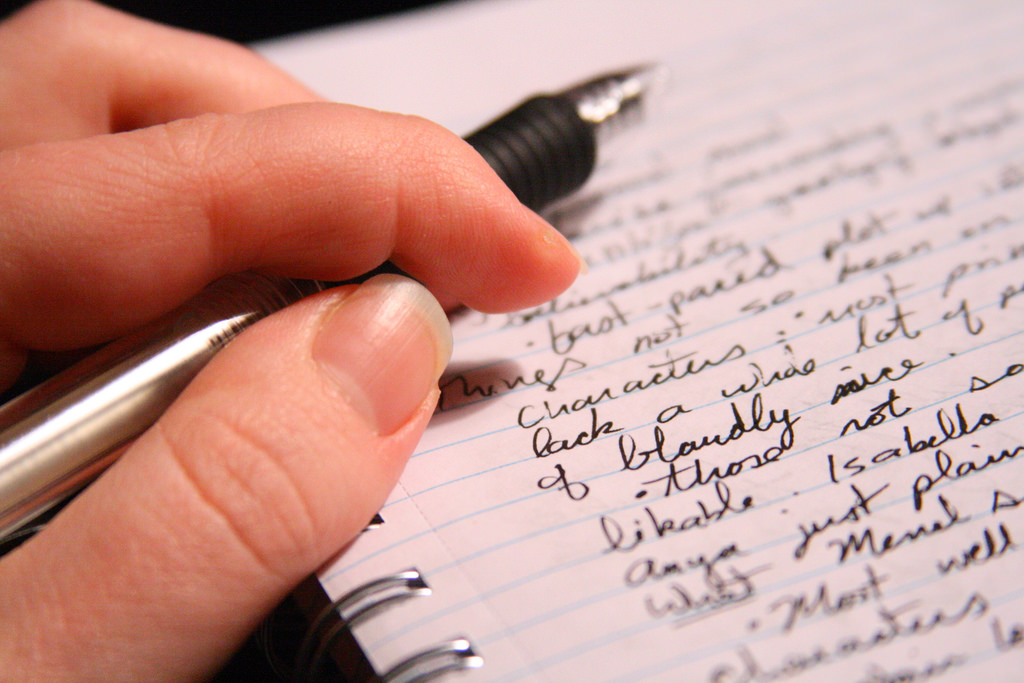
Reading Aloud Unlocks the Writer Within
Reading aloud is a practice that is often done in elementary school classrooms. This habitual mainstay of childhood learning is something that could be disregarded by established writers and academics. However, how the spoken word and written speech coincide has a history that begs to be evaluated. Reading aloud is the key to improving your written work, as well as becoming a better reader. A focused reader produces better-written work. This cyclical relationship with the craft is a guarantee for success.
A common rule that is cited by numerous academics, authors, and editors is the best way to improve your work as a writer is to read. Reading and writing are forever linked this way. However, which is better for a burgeoning writer in terms of the way they read? Reading in silence or reading aloud? People tend to find themselves preferring one over the other. However, when revising written work is imperative, studies show that reading out loud can not only improve the written work but improve the skills of the writer who would otherwise revise silently. Peter Elbow’s study about Standard Written English and Standard Spoken English illuminate fascinating work concerning the origin of “the standard.” The study also questions what makes spoken English resonate more with readers, especially the silent ones, and a few tips on how to become a better writer using nothing more than your own voice.
Defining a Standard
Primarily, Elbow would like to explain that the meaning of ‘standard’ does not equal correct, literate, or proper English. It is a common misconception and bias among academics that the standard has somehow been factually proven to be superior. “The word standard implies good, further implying that other forms of speech are somehow bad.” He proposes that what functions best in the written word is not always what is grammatically accurate. “Many scholars and academics do well to avoid the term altogether,” he points out, “because it minimizes other forms of English, which are still valid.”
For the purposes of understanding how standard written English came to be considered what it is today, Elbow looks into what the culture deems correct, edited, written English. Written English is often referenced as correct writing, and it is “codified in English grammar texts and…perpetuated by large institutions that are responsible for an English language education.” Therefore, schools and specific grammar textbooks are believed to teach correct grammar, which is curious because no one actually speaks in those terms. Properly written grammar stands alone as an example.
A Silent Language
The linguists Walt Wolfram, Carolyn Adger, and Donna Christian continue to contend that, “There are virtually no speakers who consistently speak formal written English.” There is a gulf between what is perceived as being proper written English and the language that native English speakers practice. Standard Written English is a language that is, by and large, silent.
In a strange concurrence, the act of reading aloud the written word is a huge advantage for silent readers. Students do not regularly hear the words they are writing and when they do, they listen more. The creative process is greatly improved when students read aloud as they are creating the work. Due to the listening aspect, reading aloud draft after draft changes the writing, fine-tunes the ear of the writer, and unlocks a more comprehensive revision. More importantly, through reading aloud, the writer within the reader is also improved.
Exercises With Reading Aloud
John Schulz offered a set of mini exercises, he included in his class, that are imperative to strengthening writers’ listening and revising skills. Among those exercises, writers should practice reading aloud with an established work. It is helpful to read aloud from a piece of published writing, one syllable at a time, very slowly. Change the tense and pitch of your voice every other word, or read alternate syllables very loudly or very quietly. It also helps to work out nerves and insecurities. Actors will do such exercises to loosen up and not be embarrassed about saying or doing ridiculous things. Similarly, a writer must embrace being open and unafraid of sounding foolish. Have confidence in the strength of your voice, no matter what you have to say, and it will only help your written work. Schulz intones, “You can’t write well unless you are willing to make a fool of yourself…especially if you want your writing to do more than soothe the reader into staying comfortable.” Writing is a unique practice and deserves unique treatment. It is beneficial to work in pairs for revision, due to bouncing the content and sound off of another person. Reading aloud can unlock the potential of a writer within the most frustrated student or shy scribe.
Lastly, Butler advised that if students read aloud each sentence they have written, the writing will ultimately become strong and clear. He suggests keeping up the practice of revising throughout the writing process until it feels right in the mouth. This practice is a vast improvement over the student relying on their understanding of what a sentence should look like. The goal of revising is to gain clarity and strong writing. Through the practice of reading aloud, written work can grow by leaps and bounds in a single draft. The work of a writer can by-pass previous limitations if revised properly.
Opinion and Blog by Juanita Lewis
Edited by Leigh Haugh
Sources:
The University of Massachusetts, Amherst–Revising by Reading Aloud. What the Mouth
and Ear Know
Image Courtesy of Rebecca’s Flickr Page – Creative Commons License



